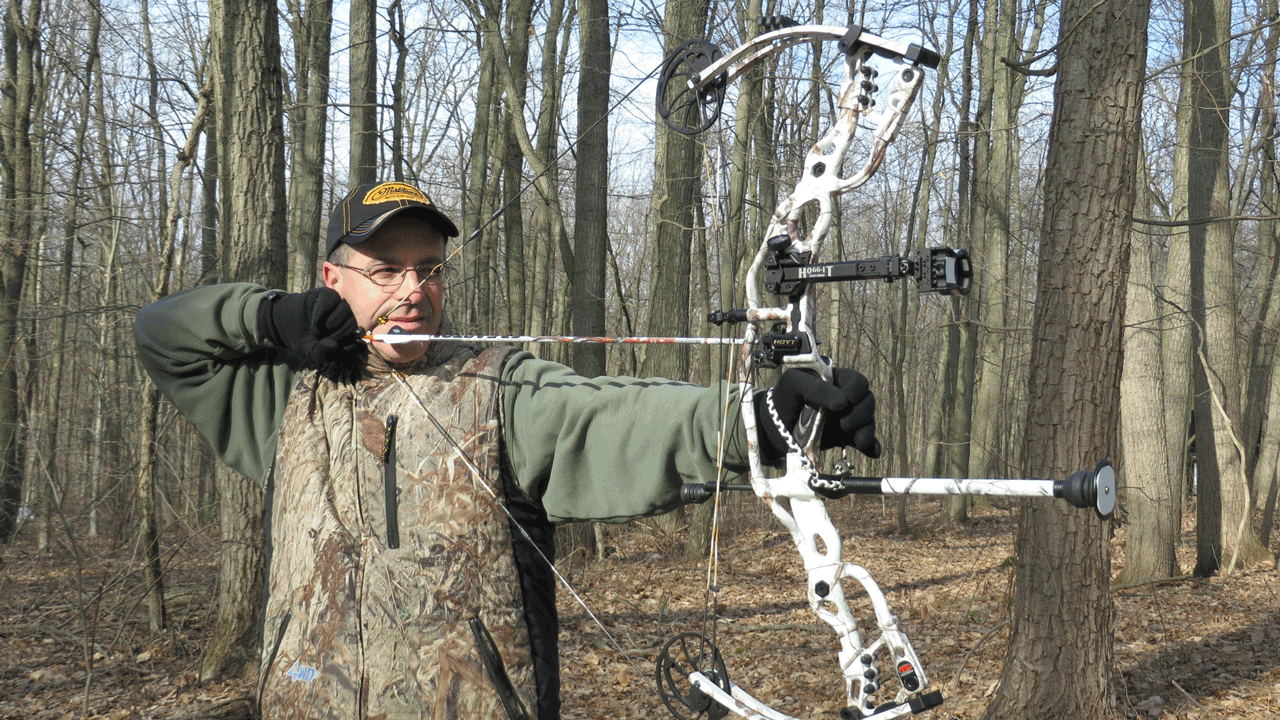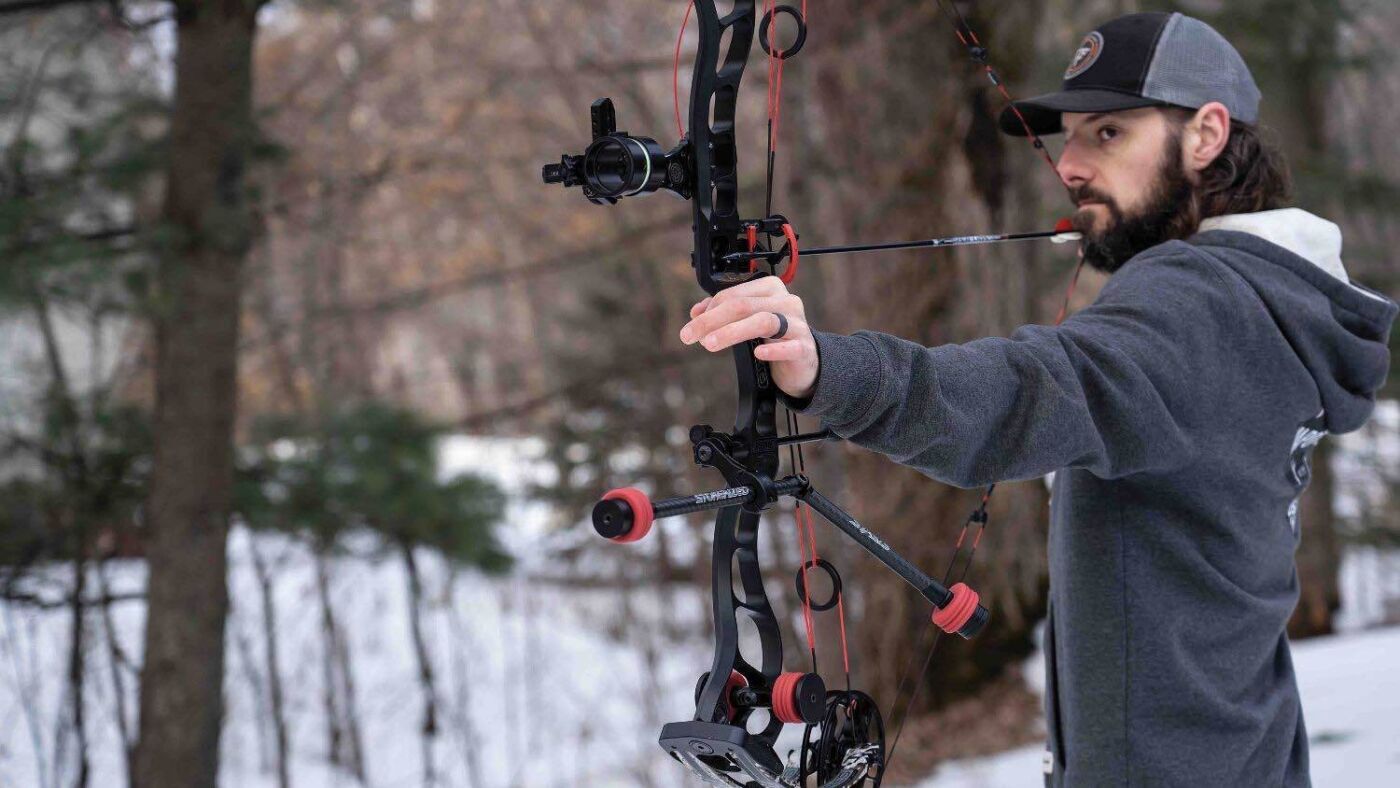Smooth Picture Ahead: Improve Performance with Compound Bow Stabilizers
Smooth Picture Ahead: Improve Performance with Compound Bow Stabilizers
Blog Article
Optimizing Your Archery Efficiency With the Right Compound Bow Stabilizer: a Thorough Overview
One often-overlooked yet essential component in boosting accuracy is the substance bow stabilizer. By understanding the subtleties of picking and maximizing a compound bow stabilizer, archers can adjust their equipment to elevate their capturing experience to new degrees of proficiency and control.
Relevance of Bow Stabilizers in Archery

Additionally, bow stabilizers assist in balancing the weight distribution of the bow, which can boost the archer's security while aiming and firing. By including weight to the front of the bow, stabilizers can minimize the amount of torque experienced upon release, causing a smoother and much more regulated shot - compound bow stabilizer. This weight circulation also assists in holding the bow constant for a longer period, enabling the archer to intend more precisely
Kinds Of Substance Bow Stabilizers
When thinking about the different types of compound bow stabilizers offered, it is essential to understand their distinctive attributes and functions to figure out the most ideal option for maximizing archery efficiency. The most usual types of compound bow stabilizers consist of sidebar stabilizers, front stabilizers, and back stabilizers. Back stabilizers, likewise called rear stabilizers, are placed to the back of the bow and help in reversing the weight of other devices, resulting in enhanced stability and stable intending.
Aspects to Think About When Choosing
In assessing substance bow stabilizers, comprehending the distinct functions and features of each type is crucial for making a notified choice on the most ideal option to boost archery performance. When picking a stabilizer, one should take into consideration the weight of the stabilizer itself. While a much heavier stabilizer can offer more stability by reducing the bow's movement, it might also create tiredness throughout long shooting sessions. Balance is an additional crucial element to consider. The stabilizer's length and style dramatically influence the bow's equilibrium, affecting the shooter's capability to hold constant objective. In addition, the material of the stabilizer can influence its efficiency. Carbon fiber stabilizers are light-weight and soak up vibrations well, boosting precision. Furthermore, the number and adjustability of dampeners on the stabilizer can tweak its efficiency by lowering noise and shock upon release. By meticulously evaluating these elements, archers can choose a compound bow stabilizer that aligns with their shooting style and optimizes their general efficiency on the archery variety.
Installation and Adjustment Tips
For ideal performance and accuracy in archery, mastering the setup and adjustment of your bow stabilizer is important. Proper installment begins with affixing the stabilizer to the bow's riser, ensuring it is securely secured.
When readjusting the stabilizer, begin with small incremental modifications rather than drastic modifications. Pay focus to just how the bow reacts to changes in stabilizer settings and make adjustments as necessary. Routinely examine the stabilizer's rigidity and overall condition useful site to ensure it continues to work ideally.
Upkeep and Treatment Standards

When not in use,It is also essential to store your bow with the stabilizer in a safe and risk-free place. compound bow stabilizer. Avoid leaving it in severe temperature levels or revealed to route sunlight for extended durations, as this can trigger damage to the stabilizer. Periodically check the stabilizer's placement to guarantee it is still appropriately placed this on your bow. Complying with these maintenance and treatment standards will certainly aid you obtain the most out of your bow stabilizer and boost your overall archery efficiency.
Verdict
In conclusion, selecting the best substance bow stabilizer is important for making best use of archery performance. Recognizing the relevance, types, factors to take into consideration, installment and modification pointers, in addition to maintenance and care standards can substantially affect one's precision and uniformity in shooting. By selecting a stabilizer that suits private needs and preferences, archers can enhance their overall efficiency and attain better outcomes on the range or in competitors.
Bow stabilizers play an important function in enhancing an archer's accuracy and consistency by lowering resonances and stabilizing the bow throughout the release of an arrowhead - compound bow stabilizer.Additionally, bow stabilizers assist in stabilizing the weight distribution of the bow, which can enhance the archer's security while firing and intending. The most typical types of substance bow stabilizers consist of sidebar stabilizers, front stabilizers, and back stabilizers. Back stabilizers, also called rear stabilizers, are placed to the back of the bow and assist in counterbalancing the weight of other accessories, resulting in boosted stability and consistent aiming. When choosing a stabilizer, one need to think about the weight of the stabilizer itself
Report this page